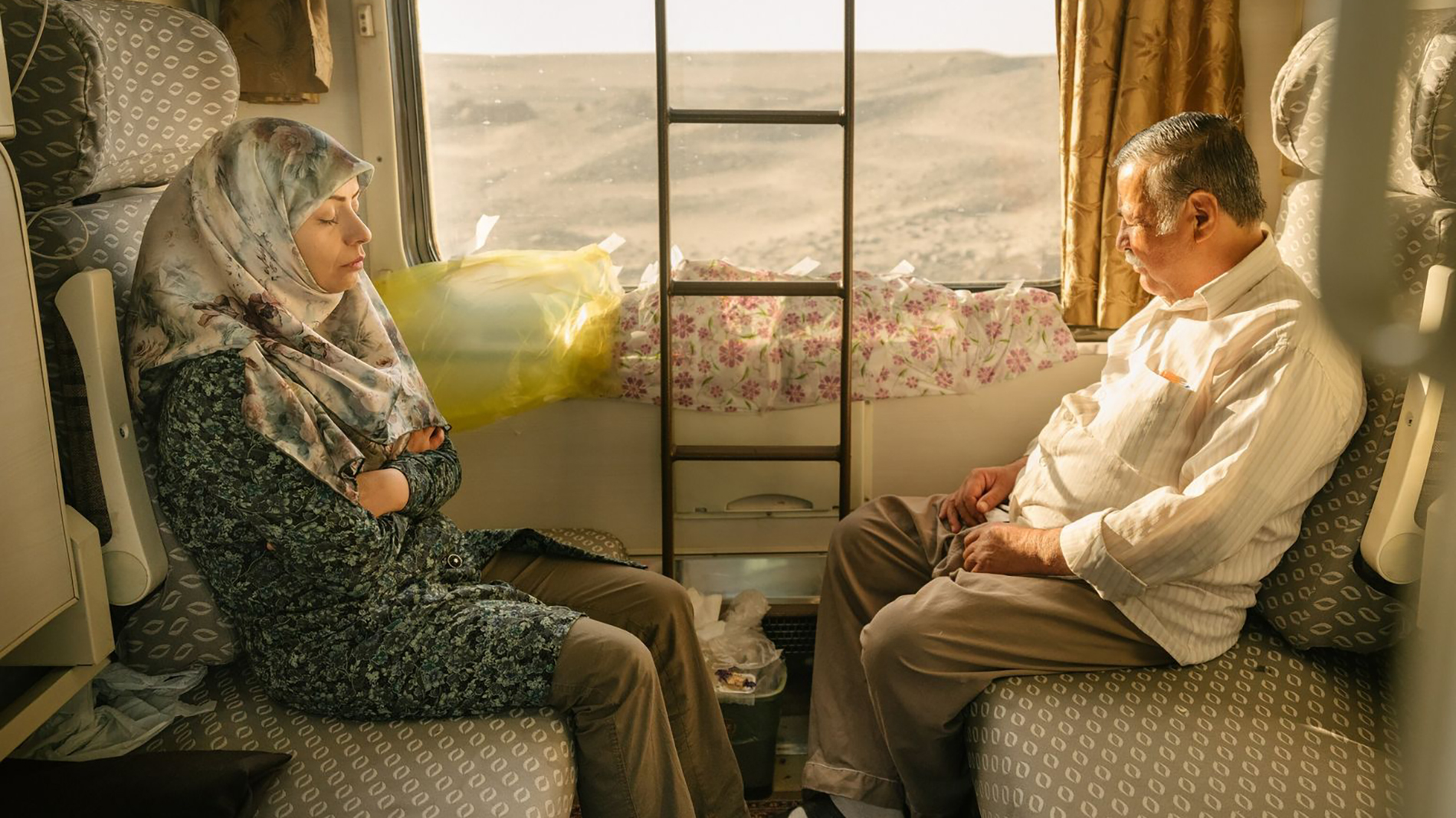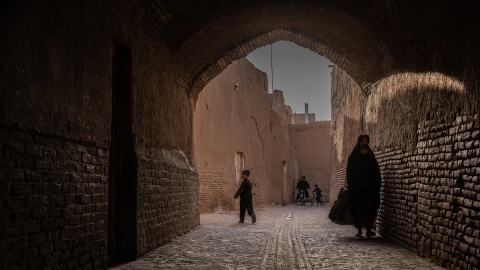A great work of the 20th century
Strung between the sparkling shores of the Caspian Sea and the fertile plains of the Persian Gulf, the 1,393-km railway across Iran is hailed as one of the greatest engineering feats of the 20th century.
To build this line, talented engineers from around the world faced an extraordinary challenge: how to lay a railway across four distinct climate zones; at the same time connecting towering mountain ranges, deep canyons, salt deserts, jungles and plains.
Recognized as a UNESCO World Heritage Site in 2011, the Trans-Iranian Railway is the result of more than 174 major railway bridges, 186 minor railway bridges, and 224 tunnels built between 1927 and 1938. It was a feat accomplished by more than 70,000 workers, massive terrain reconnaissance, and aerial scanning technology.
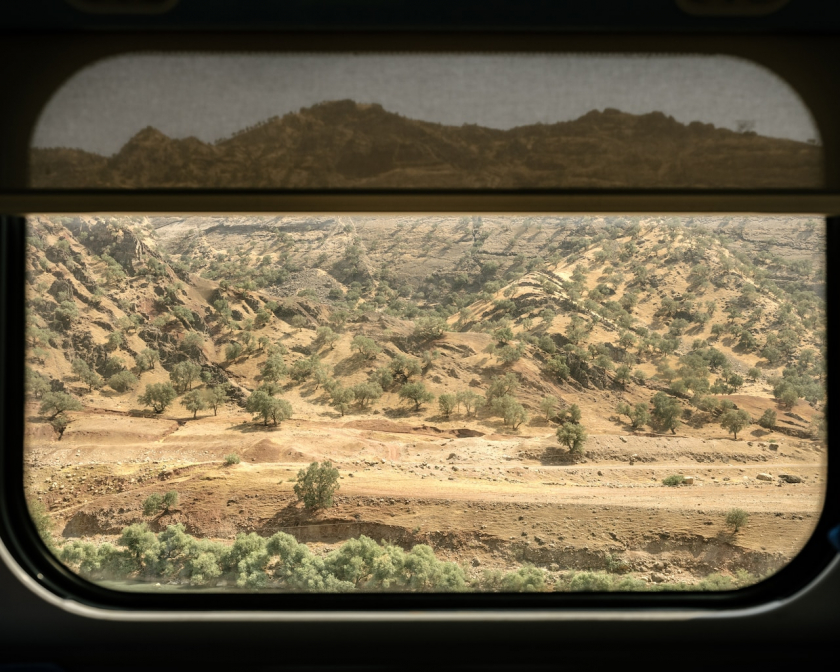
The train travels northeast, from Andimeshk to Dorud, crossing the Zagros Mountains in western Iran.
The road is like a needle, connecting the places it passes through into a magnificent tapestry of landscapes: from the towering buildings of the capital Tehran to the mausoleums and mosques of the city of Qom, to the homes of nomads in the Zagros Mountains.
Yeganeh Morakabati, a tourism researcher and Associate Professor at Bournemouth University, said of the train journey through Iran: "In just a few hours, the train from Tehran south takes you through all four seasons. Not only that, but you also feel like you've moved from one country to another, because the cultures and people in each region are so different - I mean the landscape and language change completely. It's really extraordinary."

A seemingly endless landscape on the eight-hour train ride from Tehran to the holy city of Mashhad.
In fact, Iran’s tourism image has suffered since the 1979 revolution. Decades of sanctions and negative media portrayals of Iran have hurt the country even more, says Yeganeh Morakabati. But now, as more and more tourists return to Iran to experience its beauty and hospitality, those stereotypes are slowly being erased.
Before the Covid-19 pandemic, Iran’s tourism industry was booming. With the 2022 FIFA World Cup set to be hosted in neighboring Qatar, Iran was expecting a surge in tourists. And the railway – initially one of the country’s most controversial infrastructure projects – has become the focus of ongoing efforts to revive Iran’s tourism industry.
The birth of railways and tourism in the Middle East
Today, the railway is seen as a symbol of modernity and unity in Iran, but during its construction it was met with much controversy.
Mikiya Koyagi, an assistant professor at the University of Texas at Austin, said Iran’s railways came relatively late compared to neighboring countries like the Ottoman Empire, British India, and Egypt—all of which, except Iran, had rail networks by the second half of the 19th century. That’s because during the global rail boom that lasted until World War I, Iran was caught between two superpowers: the Russian Empire and the British Empire.
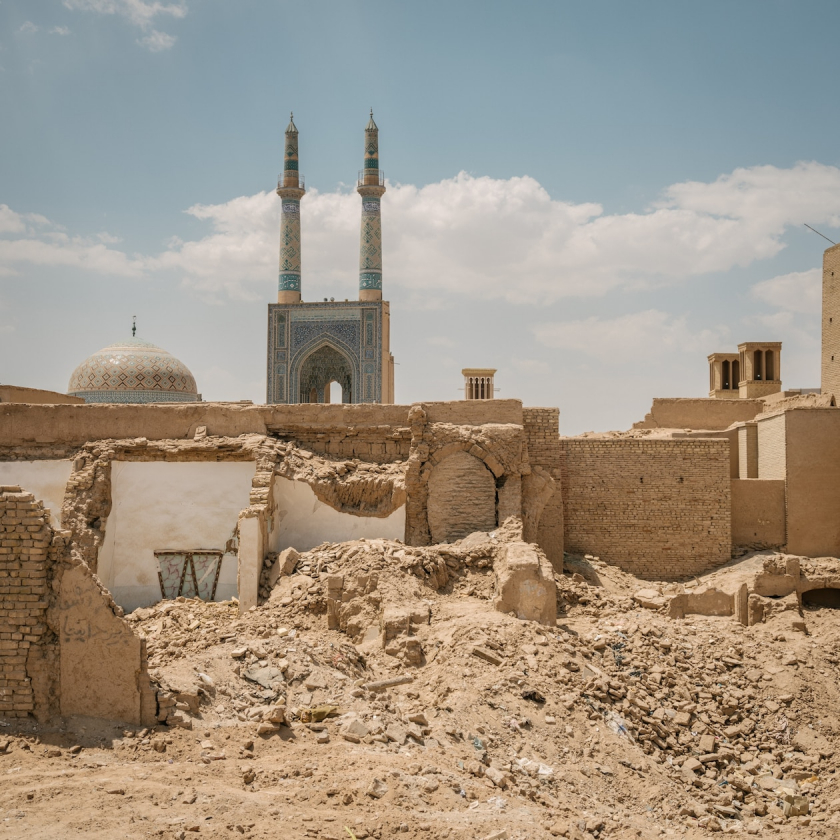
The sun shines over the ancient city of Yazd, over the ruined buildings. In the background is the Masjed-e Jameh Mosque - the image printed on Iran's 200 rial note.

Bisheh Falls and the nearby old oak forest are popular tourist attractions located near Bisheh railway station.
The change came in 1925 when Iran's Qajar Empire collapsed. The new Pahlavi government wanted to build the country's infrastructure and expand trade without relying on foreign powers. They financed the entire domestic railway, borrowing from domestic banks and imposing high taxes on sugar and tea. In addition to the Danish company Kampsax, which led the construction, more than 40 companies from many countries took part in the project.
The completion of the railway has undoubtedly transformed Iran, but the experience has been different for each citizen. Some have enjoyed faster and more convenient travel; others have been frustrated by forced relocations without compensation. Those living in isolated villages between major destinations – who previously relied on income from domestic tourism – have been cut off from a large part of their income because the railway does not pass through their areas.
“Most Iranians hated the railway project at that time,” Mikiya Koyagi revealed, “But I think a lot of people are proud of it now.”
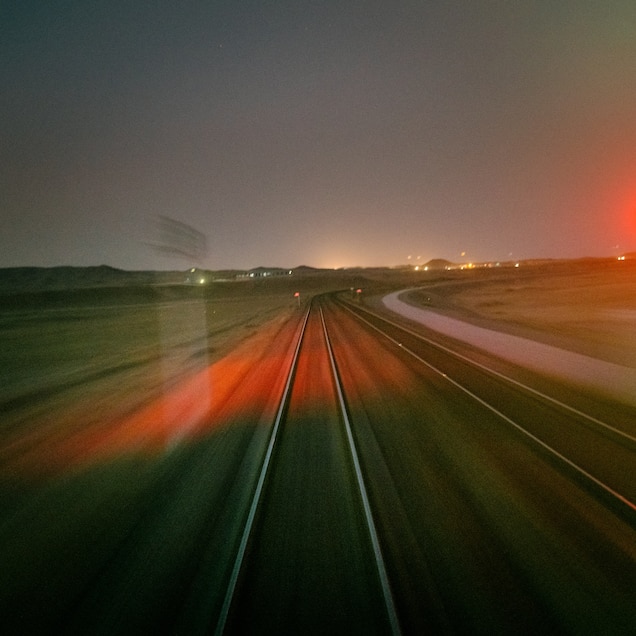
On the overnight train taking passengers from the holy city of Mashhad back to the desert city of Yazd.
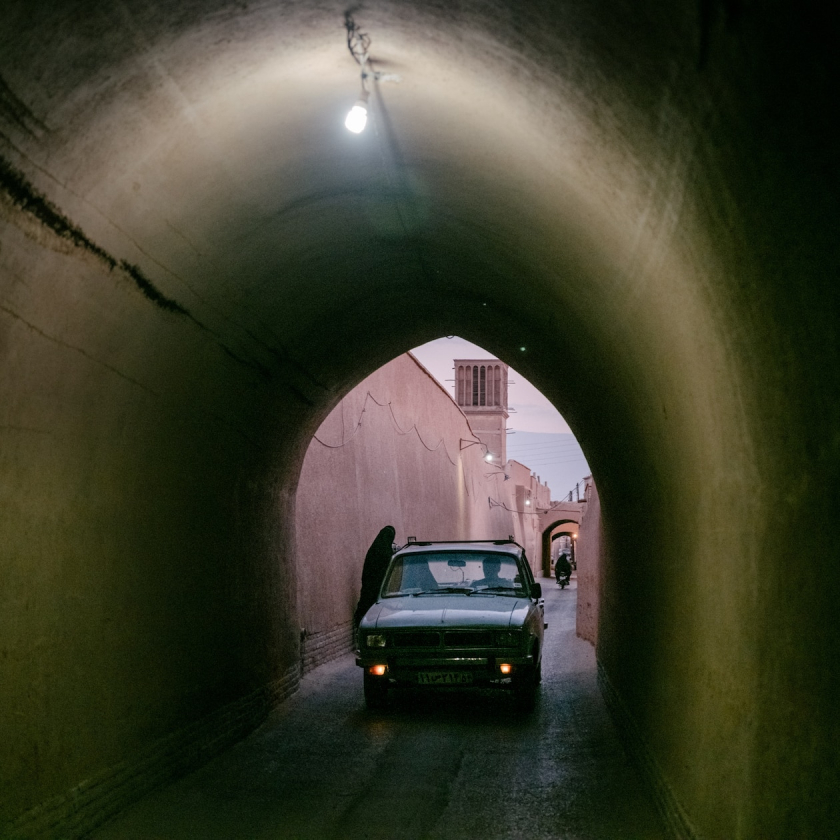
The desert city of Yazd is famous for its Persian architecture, wind catchers (structures that provide passive cooling through cross-ventilation), and ancient Zoroastrian people.
After World War II, tourism in Iran flourished. According to Yeganeh Morakabati, from 1967 to 1977, it was considered the top destination in the Middle East, ranking higher than places like Egypt. But after the Iranian Revolution of 1979, followed by the Iran-Iraq War, the steady flow of tourists dried up. The country then struggled under decades of international sanctions, its economy was devastated, and the livelihoods of millions were destroyed.
“Compared to the rest of the world, the Middle East has not yet reached its potential,” says Yeganeh Morakabati. “The Middle East and North Africa region has great tourism potential, but it is also a magnet for violent conflicts. These two extremes are confronting each other.”
Before the Revolution, Western Europe and the United States were Iran’s most important tourist markets. In 1977, Iran received more than 70,000 American tourists; by 2010, that number had dropped to just 400. The tourism market was changing rapidly, with the majority of international visitors coming from neighboring countries such as Pakistan, India, Saudi Arabia, Turkey and Afghanistan – including for religious or business purposes.
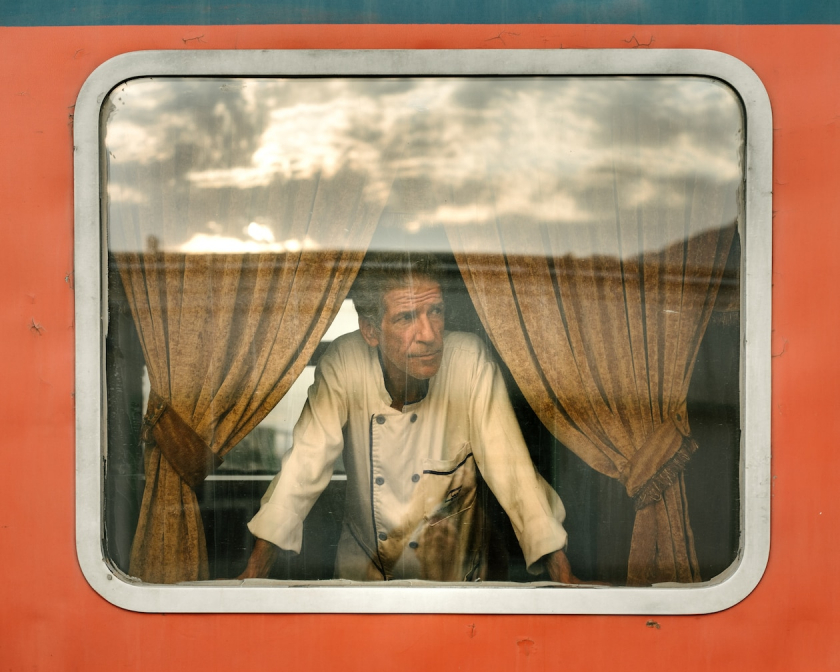
A man looks out the window as a train stops in Dorud, western Iran.
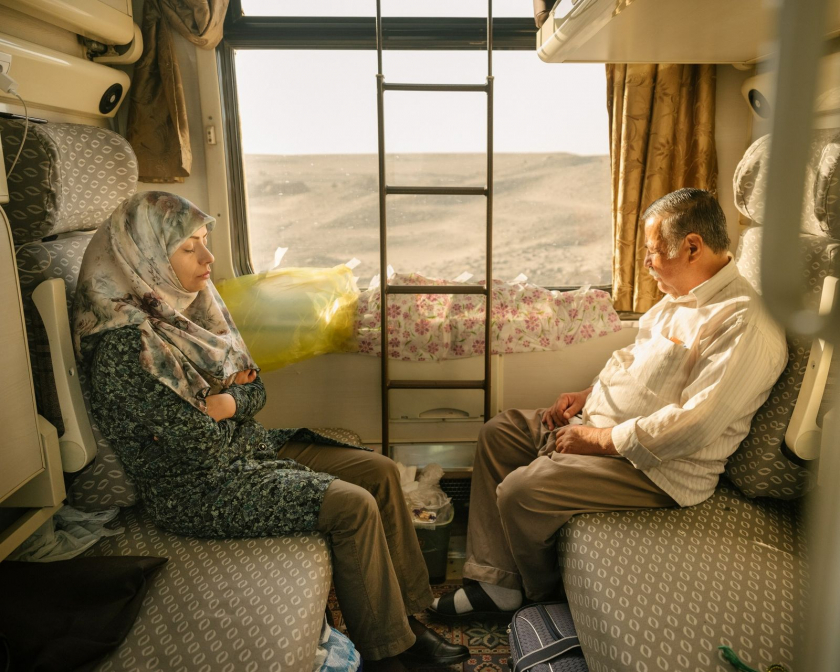
Travelers on the overnight train from Yazd travel southeast, through the desert, to Zahedan (Iran).

People enjoy cooling off on a summer night, along the Dez River in Dezful City.
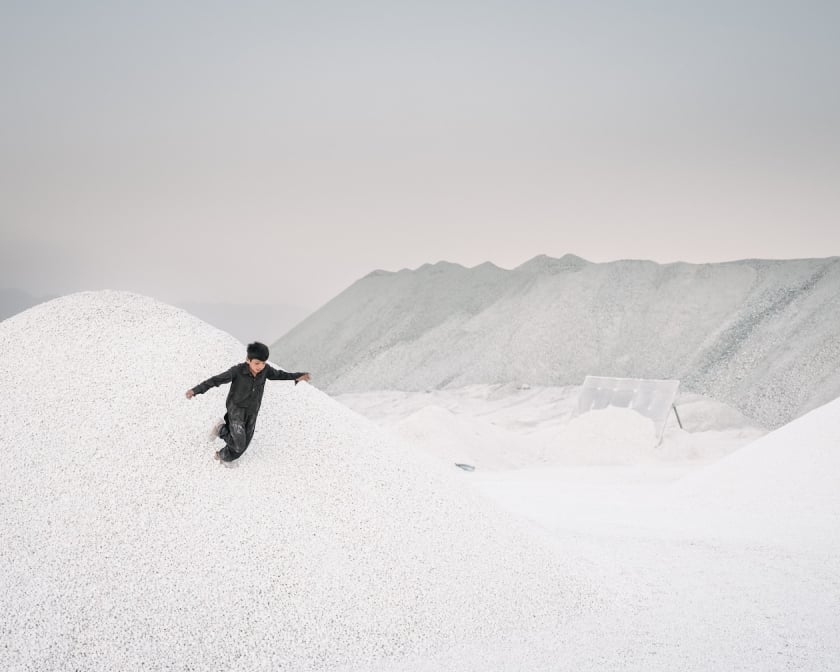
A boy plays outside a magnesite mine (a mineral used in steelmaking and metallurgy) in the city of Zahedan, on the edge of the Lut desert.
A new era of rail tourism in Iran
In 2015, nuclear sanctions against Iran were lifted following the successful negotiation of the Joint Comprehensive Plan of Action (JCPOA), also known as the Iran Deal. Tourism bounced back almost immediately.
According to the World Tourism Organization, the Middle East recorded the highest tourism growth in 2019, and Iran is one of the region's fastest-growing destinations. The country aims to attract 20 million tourists by 2025 and has been investing in hotels, tourism facilities and transport infrastructure. Of these, nearly 7,000 km of new railways have been completed in the past seven years, including a high-speed railway between the three major cities of Tehran, Qom and Isfahan.
The Trans-Iranian Railway alone passes through dozens of national parks and wildlife habitats, such as the Caspian Hyrcanian mixed forests, or Mount Damāvand – Iran’s highest peak, which attracts climbers from all over the world. The train also takes you back in time – to historic Khuzestan, one of the oldest regions on the Iranian plateau, home to a 5th-century BC hydraulic labyrinth system at Shushtar.
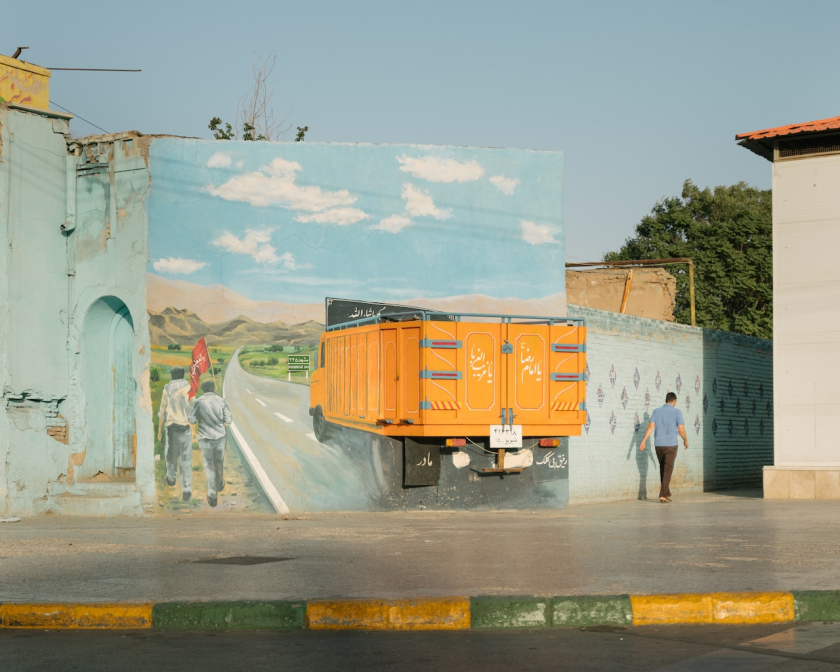
A 3D mural on a wall in the city of Mashhad - the city named after the Imam Reza shrine, which welcomes millions of pilgrims from around the world every year.
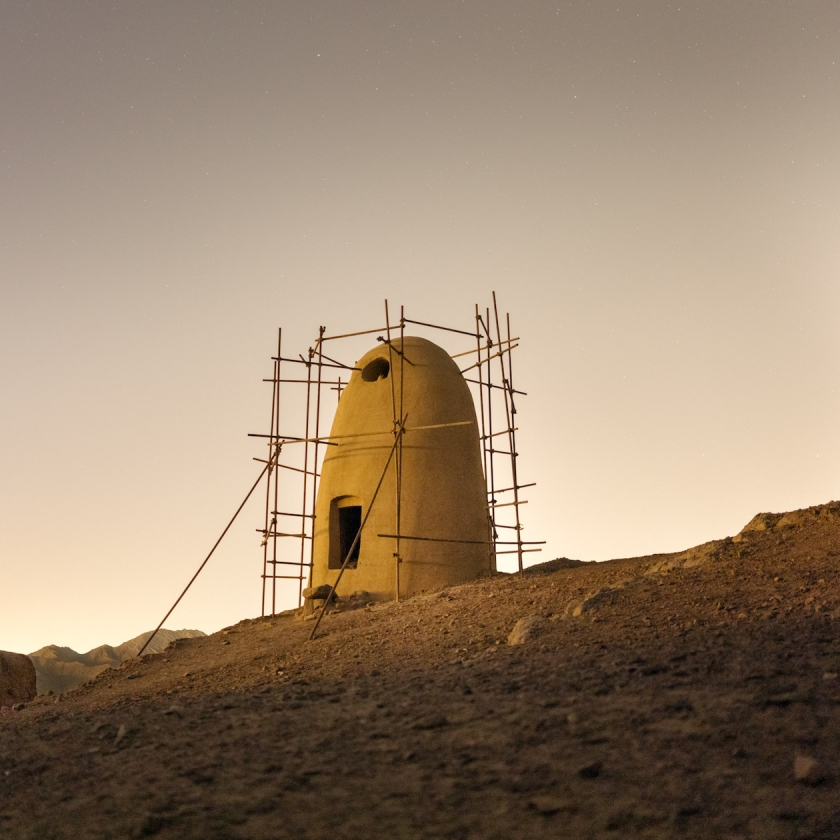
The Tower of Silence, a structure on the edge of the city of Yazd, was built for Zoroastrian sky burials, a practice that has been banned for more than 50 years.
"It's very peaceful, very safe, it's a slow form of tourism that doesn't leave a huge carbon footprint," says Matin Lashkari, an Iranian travel blogger. "I think the Western media has focused too much on the dark side of Iran. I'm not denying the negatives, I mean the beautiful side has been completely forgotten."
Lashkari also believes that a new era of tourism is on the horizon. She recently visited the city of Yazd – a UNESCO World Heritage Site known for its famous earthen buildings, ancient markets, traditional Turkish baths and hand-woven textiles. “Everything has changed completely,” she says. “In the past five years, there have been a number of new cafes, shops and hotels.”
"I have never met anyone who has been to Iran and not been surprised by what they have seen," Lashkari concludes. "They are amazed by the hospitality and openness of the people. I understand that many people think that Iranians are not welcoming to foreigners because the country has been isolated for many years, but the reality is quite the opposite."
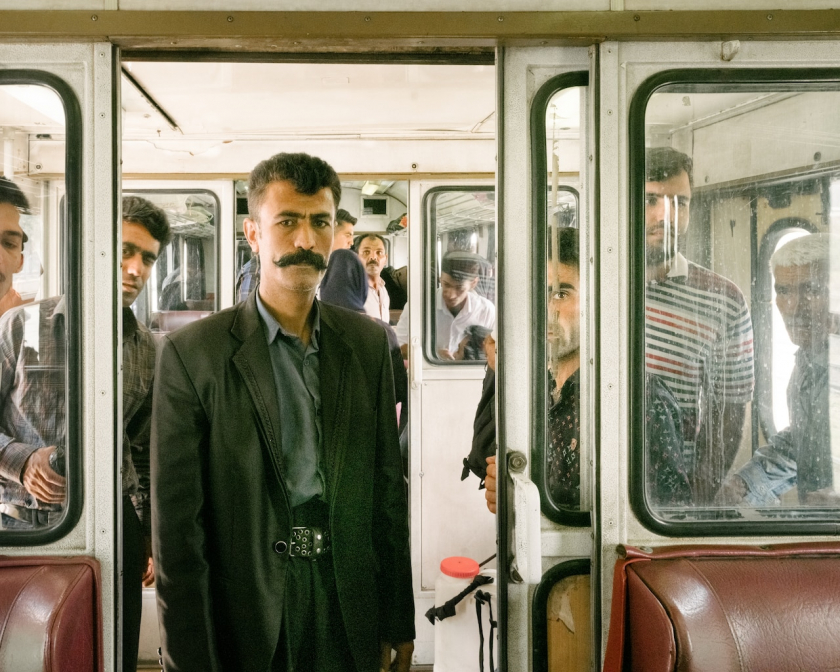
Passengers on the train from Dorud town to Bisheh falls.

A passenger travels from Andimeshk to Dorud on the Trans-Iran train.

Two women wait on the platform as the eight-hour train from eastern Tehran to the holy city of Mashhad stops for prayers.

A girl takes the night train from Dorud to Tehran on the Trans-Iranian Railway.
Koyagi, who has been traveling to Iran since 1997, said his best memories of traveling on the train were meeting people from different cultures. He spent many nights in the same compartment with unfamiliar faces.
“One of the best things about travelling in Iran is that you are not alone. Everyone in the compartment is willing to talk to you, they share food with you, ask you all kinds of questions and tell you all kinds of stories – I have never experienced rail travel like that anywhere else,” Koyagi said.






